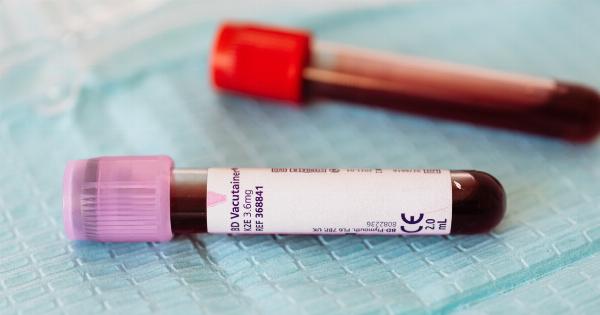Monitoring fetal health during pregnancy is an important aspect of prenatal care. There are many methods available to healthcare professionals to assess fetal well-being and detect any potential problems that may arise.
In this article, we will discuss the best ways to monitor fetal health during pregnancy.
Fetal Heart Rate Monitoring
The fetal heart rate is one of the most important indicators of fetal well-being. Fetal heart rate monitoring can be done in two ways; external fetal heart rate monitoring and internal fetal heart rate monitoring.
External fetal heart rate monitoring involves placing special sensors on the mother’s abdomen to detect the fetal heart rate. Internal fetal heart rate monitoring involves placing a small electrode on the fetal scalp through the mother’s cervix.
Ultrasound
Ultrasound is another important tool that healthcare professionals use to monitor fetal health. Ultrasound uses high-frequency sound waves to create images of the fetus inside the mother’s uterus.
The images can provide information about the fetal size, position, and development. Ultrasound can also detect any potential abnormalities in the fetus such as cleft lip or heart defects.
Amniocentesis
Amniocentesis is a diagnostic test that involves taking a small sample of amniotic fluid from the uterus to detect any potential genetic disorders or other abnormalities in the fetus.
This test is typically offered to women who are considered high-risk for having a baby with a genetic disorder.
Chorionic Villus Sampling (CVS)
Chorionic villus sampling (CVS) is another diagnostic test that involves taking a small sample of placental tissue to detect any potential genetic disorders or other abnormalities in the fetus.
This test is typically offered to women who are considered high-risk for having a baby with a genetic disorder.
Kick Counts
Kick counts are a simple way for mothers to monitor their baby’s activity level during the third trimester of pregnancy.
Mothers are instructed to monitor their baby’s kicks and movements and report any significant changes to their healthcare provider. A decrease in fetal movement can indicate potential fetal distress.
Non-Stress Test (NST)
A non-stress test (NST) is a simple test that involves placing a fetal heart rate monitor on the mother’s abdomen to monitor the fetal heart rate.
The test is typically done in the third trimester of pregnancy and can provide information about fetal well-being. The healthcare provider may also ask the mother to push a button when the fetus moves to assess fetal behavior.
Biophysical Profile (BPP)
A biophysical profile (BPP) is a combination of an ultrasound and a non-stress test (NST) that is done to assess fetal well-being.
The ultrasound provides information about fetal breathing, movement, and muscle tone while the NST provides information about fetal heart rate. The results of the BPP can help healthcare professionals determine if further intervention is necessary.
Cord Blood Sampling
Cord blood sampling is a diagnostic test that involves taking a sample of blood from the umbilical cord to detect any potential genetic disorders or other abnormalities in the fetus.
This test is typically done during labor when the baby’s head is close to the vaginal opening.
Amniotic Fluid Index (AFI)
The amniotic fluid index (AFI) is a measure of the amount of amniotic fluid surrounding the fetus. Too much or too little amniotic fluid can indicate potential problems with fetal health.
The AFI is typically measured using ultrasound and is done in the third trimester of pregnancy.
Fetal Movement Counting
Fetal movement counting is another simple way for mothers to monitor their baby’s activity level during pregnancy.
Mothers are instructed to count their baby’s kicks and movements and report any significant changes to their healthcare provider. A decrease in fetal movement can indicate potential fetal distress.
Conclusion
There are many ways to monitor fetal health during pregnancy. Healthcare professionals use a combination of diagnostic tests, fetal heart rate monitoring, and ultrasound to assess fetal well-being and detect any potential problems that may arise.
Mothers can also play an active role in monitoring their baby’s health by reporting any changes in fetal movement or activity to their healthcare provider.


























